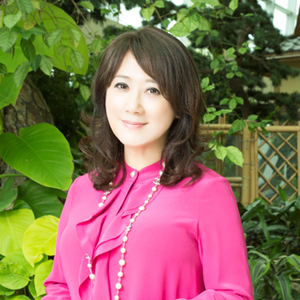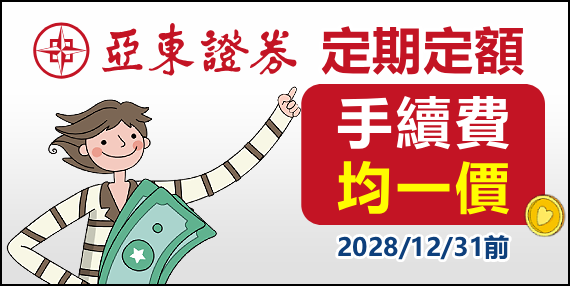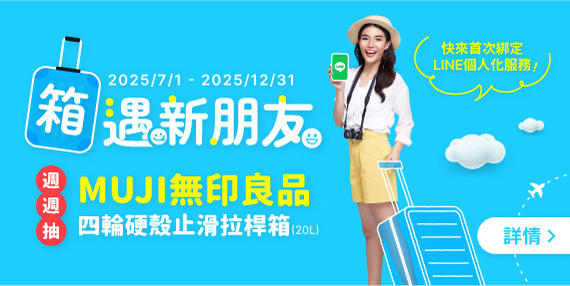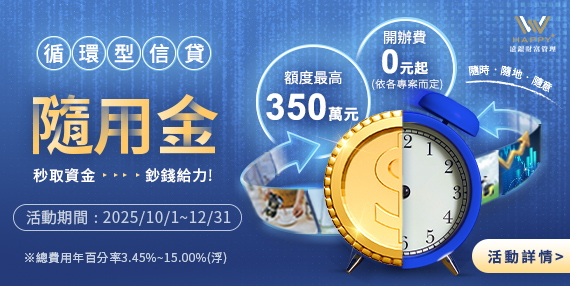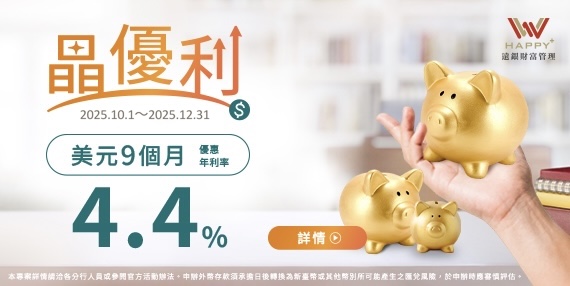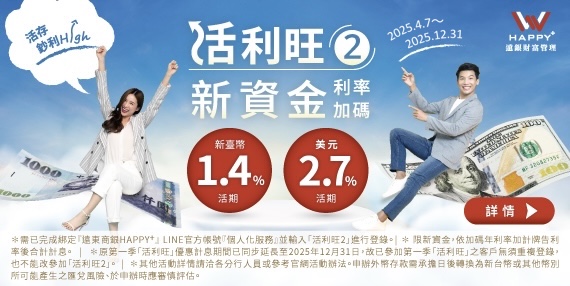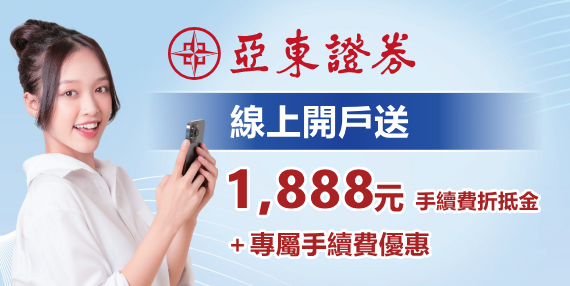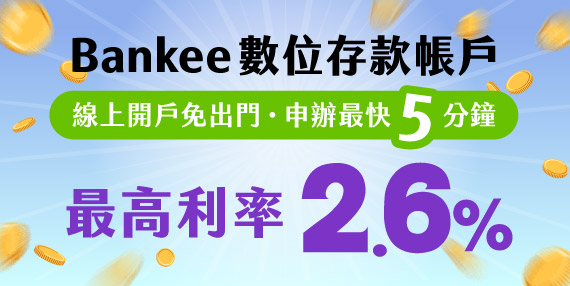2018年09月號 領航者的話
Social Media Marketing X Digital Integration: Decoding the Consumption Behavior of Millennials
Far Eastern SOGO Department Stores / Sophie Huang
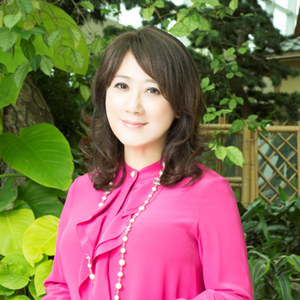
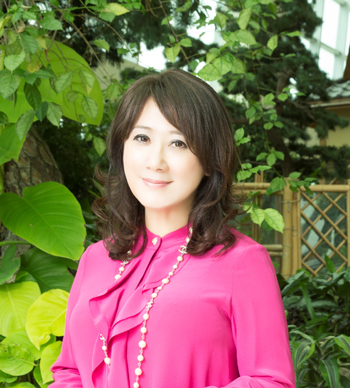
The “Fashion Marketing Trend Forum” sponsored by Hearst Magazine Taiwan (comprising three fashion brands ELLE, Harper’s BAZAAR, and Cosmopolitan) and Group M, the world’s largest media investment group, recently invited me to be the keynote speaker. Standing in front of nearly 200 top executives (many are partners of Far Eastern SOGO Department Stores), with the theme of “Social Media Marketing X Digital Integration: Decoding the Consumption Behavior of Millennials,” I shared the consumption value of this familiar yet unfamiliar millennial group, and the retailers’ response to the rising wave of Generation Y.
I summed up consumer behaviors of the millennials into four “decoding” categories: consumption power, civic consciousness, social media effect, and customization. According to “Global Powers of Luxury Goods in 2018” by Deloitte, in the world’s luxury goods market the millennials are expected to grow considerably and account for 40% by 2025 from 30% in 2016. For example in SOGO Department Stores, total spending and customer visits from the group of under 40 years of age have registered 5%~10% annual growth for the past three years.
Moreover, the millennials care more about social issues, with sustainable environment as universal value. The millennial group palces high standard on corporate social responsibilities, and demands corporations to express their positions on particular social issues. Therefore, brand integrity and social image of its endorsers will affect consumers’ spending decision. In the case of SOGO, being the CSR role model among domestic department stores, we have been highly committed to guarding food safety and environment sustainability with clear and specific approaches: CSR is not only the bridge to formulate “brand communication” with our consumers, but also stands for SOGO’s “brand image.”
The third “decoding” approach for the millennials is the social media effect caused by “conformity behavior.” Checking in or posting online to validate one’s own existence, seeking sympathy and sense of belonging within echo chamber have constituted strong impact of social media, leading to the millennials’ pursuit in trending, group anxiety of “fear of missing out,” and the retail changes brought by Instagram, the most influential social media: Instagrammability “Is it worthy of uploading to Instagram” has become the top priority for the millennial consumer group, “nice looking” photos are more important than really tasty and fun things, social media marketing is definitively the golden rule to make significant breakthroughs for millennials.
Lastly is customization and participation. The millennials have high self-awareness, seek uniqueness, call for being different, and demand participation in the formation of product process. With reference to channels or brands, retailers should focus on “Prosumer” (Producer & Consumer) so as to build personalized products for them, and with customization of interactive experience to satisfy their needs for participation.
According to research, when new technologies are launched, 85% of millennials will be the first to use them. As digital natives, millennials focus on the shopping convenience brought by technologies. Digital experience is key for millennial consumption. To gain access of millennials in “decoding” and opening up their wallets to spend, “brand digitization” has become the major trend. To align with new shopping concept of digital integration, I have pointed out two strategic approaches.
First, adopting technologies to enhance consumer experiences, adding fun for spending journey, and thus to stimulate desire to purchase. For example, the three most popular technology applications introduced by current retailers include: AI robotic stroller can accompany shoppers, help moving shopping bags, thus offering consumers more convenient shopping experiences. Flagship store of Starbucks in Shanghai provides a wonderful tour of coffee paradise via AR technology on handsets. IKEA of Sweden visualizes kitchen via VR technology to let consumers experience the fun of creating their own customized kitchens.
Real time and interaction are fundamentals for the consumption of the millennials. Another pattern catering to this group is the seamless integration of online and offline digital experience. To the millennials, they are accustomed to “make price comparison on handsets while shopping at stores.” The trend “ROBO” (Research Online, Buy Offline) has become increasingly eminent and accounts for nearly 50% of consumption. On the other hand, “BOPIS” (Buy Online, Pickup in Store) has not only broken the boundaries of time and space, but also stimulated more than 60% of consumers to spend more while picking up their merchandises in stores. BOPIS can serve as a business model to increase transactions and revenues, which is an innovative and profitable approach worthy of reference for channels and brands.
After the speech, I exchanged views with boutique operators. Their most concerned issue is how channels and brands can work together to create a win-win scenario. With the retail concept of “Big Connection, Big Platform,” I suggested two measures. First, on the channel side department stores can take advantage of their “boutique group,” connect various brands to build a big friendly platform, enlarge cross-industry alliances, and create 1+1>2 synergy.
Second, on the customer side, department stores have long been focusing on Customer Relationship Management (CRM). With strong customer base, they are undoubtedly the best platform for brand marketing. Through VIP campaigns to consolidate existing customer group, such as leading by the department stores, co-working with brands, mobilizing primary customers on both sides, then through cross-industry cooperations, and resource sharing. During VIP campaigns SOGO Department Stores used to combine various major brands to initiate “Group Synergy” of boutique brands, to connect with luxury car dealers. We achieved growths in both customers and revenues, also connected customer groups of these three parties, not only strengthened the width and depth of CRM, but also succeeded in creating a win-win-win scenario for all parties.
In order to find solutions of pain points for millennials and create new consumer needs—it is not difficult to crack the consumption code for the millennials!#



